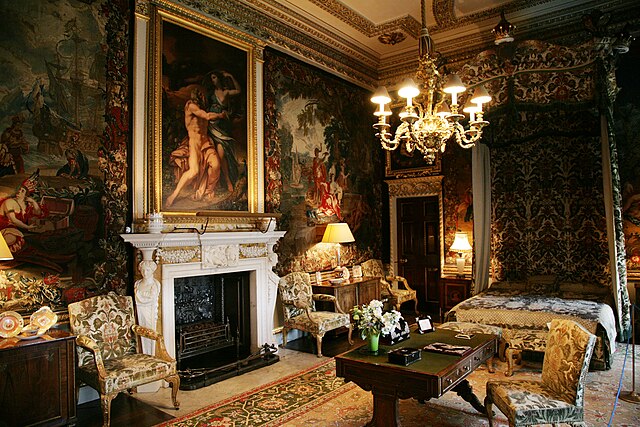Matthew Brettingham, sometimes called Matthew Brettingham the Elder, was an 18th-century Englishman who rose from modest origins to supervise the construction of Holkham Hall, and become one of the best-known architects of his generation. Much of his principal work has since been demolished, particularly his work in London, where he revolutionised the design of the grand townhouse. As a result, he is often overlooked today, remembered principally for his Palladian remodelling of numerous country houses, many of them situated in the East Anglia area of Britain. As Brettingham neared the pinnacle of his career, Palladianism began to fall out of fashion and neoclassicism was introduced, championed by the young Robert Adam.
Brettingham in a portrait by John Theodore Heins, 1749
Brettingham repaired Norwich Castle
Holkham Hall. Matthew Brettingham's first notable employment was here as Clerk of the Works and executive architect in 1734
Gunton Hall, designed by Matthew Brettingham
Holkham Hall is an 18th-century country house near the village of Holkham, Norfolk, England, constructed in the Neo-Palladian style for the 1st Earl of Leicester by the architect William Kent, aided by Lord Burlington.
Holkham Hall. The severely Palladian south facade with its Ionic portico is devoid of arms or motif; not even a blind window is allowed to break the void between the windows and roof-line, while the lower windows are mere piercings in the stark brickwork. The only hint of ornamentation is from the two terminating Venetian windows.
Holkham Hall. Top right: one of the four identical secondary wings.
Marble Hall
View of the Green State bedroom








